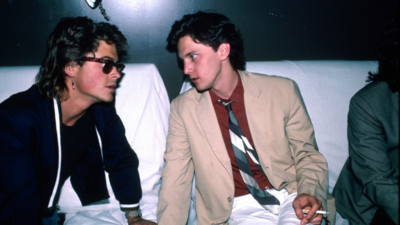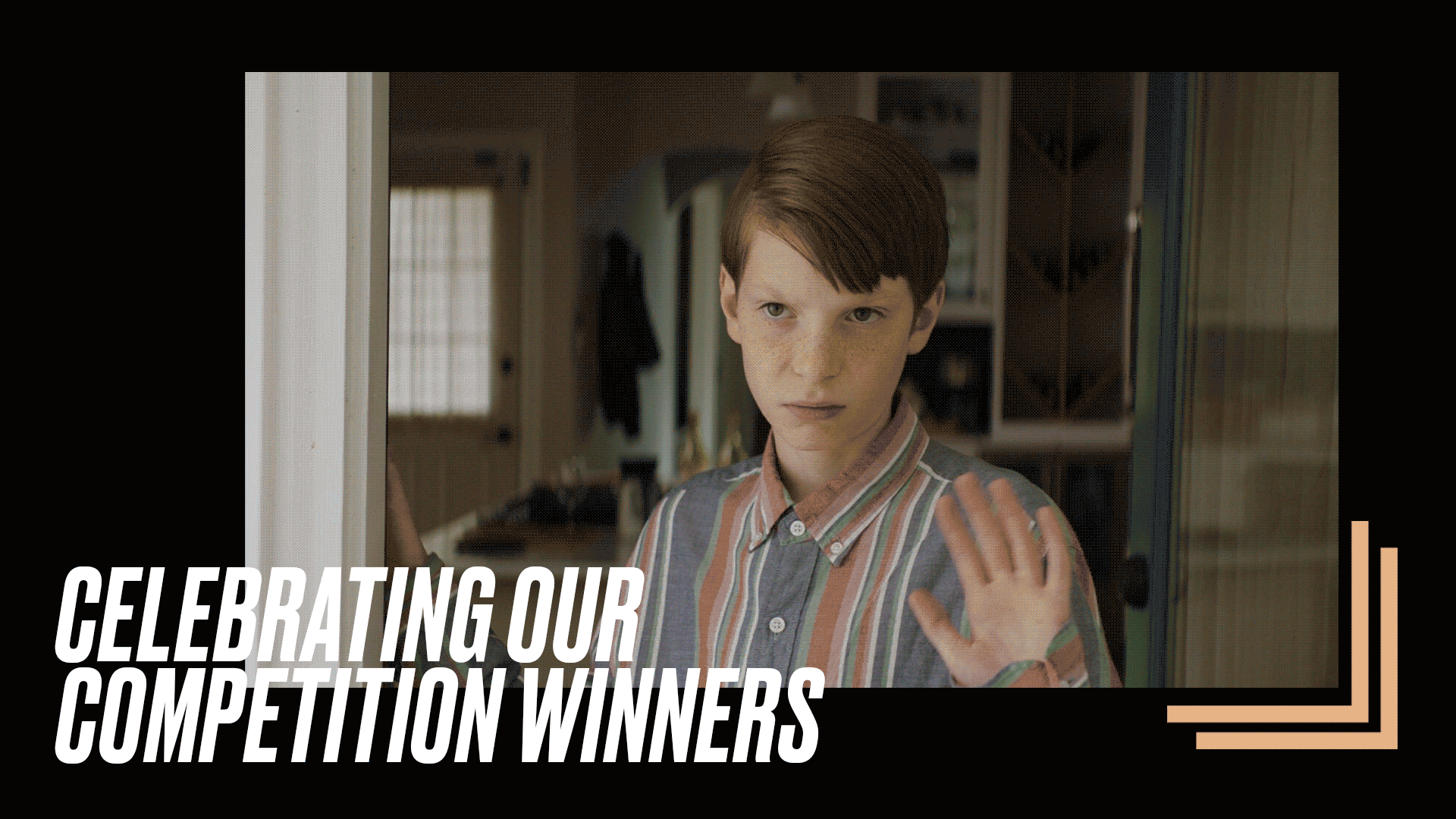
BY KAREN KEMMERLE |
Ingrid Kopp On Why You Should Submit To Storyscapes for TFF 2015
Thinking of submitting an interactive project to Storyscapes for next year’s Festival? The deadline is Wednesday, November 26!

For the past two years, we’ve been proud to offer audiences the opportunity to experience groundbreaking interactive storytelling at the Tribeca Film Festival. The goal of Storyscapes, created in collaboration with Bombay Sapphire® and TFF, is to select and celebrate 5 unique transmedia projects by artists and content creators from around the world. Ingrid Kopp, the Director of Interactive at the Tribeca Film Institute, works with the TFF programming team to carefully curate this section so that viewers will be inspired to see storytelling in a whole new way.
We got the chance to sit down with Kopp to talk about the interactive program, past projects and what creators should know before they apply.
Tribeca: Can you give us a brief rundown of what Storyscapes is for people who may not know?
Ingrid Kopp: It’s a juried section for the Tribeca Film Festival that we’ve done for the past two years with great success. Storyscapes is the section of the festival that highlights emerging interactive transmedia work across all genres. A Storyscapes project can be anything that’s story-driven but not necessarily a linear film. So if it’s a film with an interactive, transmedic component, we can do that. To this day, we haven’t had anything with a linear film component; all the projects have been completely interactive. Last year, for the first time at the festival, we had a project [Choose Your Own Documentary] that was also performance. Audiences were able to get a first hand look at the documentary experience for themselves.
Storyscapes is the section of the festival that highlights emerging interactive transmedia work across all genres.
Tribeca: Why is Storyscapes such an important new competent of the Festival?
IK: People have been really excited about emerging new ways of storytelling for a while now. TFI has funded nonfiction interactive work since 2011. Tribeca as a whole has always been interested in the new ways that audiences are consuming content. Storyscapes is our way of showcasing the exciting collaborations between storytellers and technological designers that lead to groundbreaking works.
Every time a technology like Oculus Rift comes along, it opens up a whole new space for storytelling possibilities. Plus, with smart phones just getting faster and faster and different apps being developed for them all the time, filmmakers and storytellers are seeing many possibilities for utilizing these devices in their work. We’re really interested in finding a place at the festival to celebrate that alongside features, shorts and everything else that the festival does. We felt it was important to take this work very seriously and to celebrate interactive storytelling with Festival audiences. At the end of the day, festivals like ours are wonderful venues for introducing new visions, new works, and new artists to receptive audiences.
Tribeca: Can you share highlights from last year’s program?
IK: It’s really hard to highlight particular projects because they’re all so different [laughs]. That’s one of the things I love about Storyscapes. We had five projects in competition at TFF 2014 and also a few out of competition projects we just had to include. It’s really hard to compare them. Choose Your Own Documentary was wonderful because it allowed the audience to participate in the documentary experience and to make the choices that are inherent in all the different forms of storytelling, which the audience was really excited by that. It was a really fun and surprisingly moving project.
It was also nice to have several projects dealing with virtual reality, not just on Oculus Rift. Nonny de la Peña’s project, Use of Force, had a custom built headset that showed another, more serious side of virtual reality. She showed that subjects like human rights can be explored in virtual reality. It’s not just all games and roller coaster rides.
The Storyscapes gallery [hosted in the Bombay Sapphire House of Imagination] itself was a highlight. It was such a treat to have an immersive space that people could walk into and then experience many different modes for telling stories. When you go see a film, there might be surprises, but you know what a film is. Whereas when people go to Storyscapes, they have no idea what to expect. They might know what the subject is, but they don’t know what the platform might be.
Tribeca: My father, who is a 66-year-old Mainer, insisted on trying the Use of Force headset and he was blown away.
IK: I love that. Obviously, we’re really excited about exploring the future of how storytelling and technology intersect. We also want to get people excited about new technology by making these things accessible. We want to show them that there is no need to be freaked out by innovation. One of the things that I always remind myself is that I am still focusing on the story. I’m bringing my documentary and film background to the space that new technologies have created. Storyscapes helps to opens people’s eyes to these possibilities, but we’re also acknowledging the fact that audiences are in some way already there. All of us are conceiving new ways to tell stories on our smartphones all the time.
Festivals like ours are wonderful venues for introducing new visions, new works, and new artists to receptive audiences.
Tribeca: Is there anything you want potential applicants to know before they apply to Storyscapes?
IK: We will accept anything interactive. Like I said before, there can be a linear film component but there has to be some element of interactivity to the project. Apart from that—we’re really open. Creators can submit anything with performance or virtual reality or multimedia or cross-platform transmedial elements. We’d also love to get some genre submissions. I’d love to see a horror or comedy transmedia project. We’re very open to all of these possibilities, so people should feel encouraged to apply. Just because we didn’t choose a particular project in the past, it doesn’t mean that we wouldn’t want something like that in the future. We’ve only done this a few years. We know technology is always changing. If someone has something mind-blowing that they think no one has done before, they should definitely apply.
Tribeca: What do you think is the best part of Storyscapes for the participants? Why should people want to come and show their projects?
IK: We get a really excited and diverse audience that’s not just movie lovers. It’s a true New York crowd. We attract cinephiles, of course, but we also attract New Yorkers who are interested in technology, art and interactivity. Storyscapes is a really good way to get in front of the art, tech, and film community. Also, people just wander in from the street, and I totally love that. It’s such a diverse crowd.
Plus, there’s a prize [laughs]. It’s great that there’s an award to acknowledge the importance of interactive work. We’ve had a really amazing pedigree of people taking part, like Chris Milk and Aaron Koblin, who are producing some of the best interactive documentary work. Any Storyscapes applicant is in really good company, just in terms of the quality of the work and the talent involved.
To learn more about applying to this year's Storyscapes program, click here.

